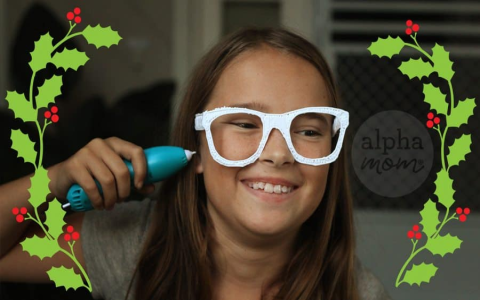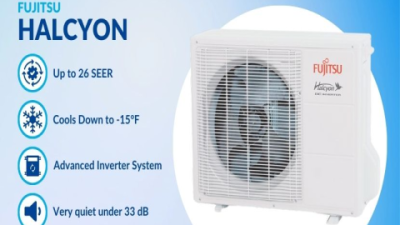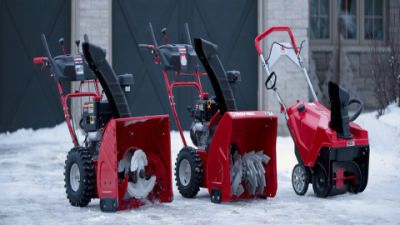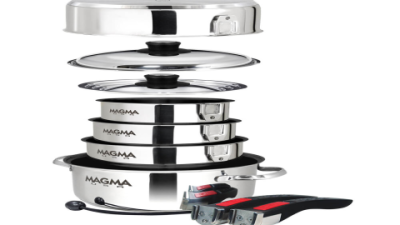Okay, so I’ve spent quite some time playing around with the 3Doodler 3D pen, and honestly, it’s one of those gadgets that’s as fun as it sounds—but with a few quirks you should know about before diving in. If you’ve ever wondered whether this pen is just a gimmick or a legit tool for creativity, I’m here to share my honest take, warts and all.
First off, what exactly is a 3Doodler? Imagine a pen that doesn’t just draw on paper but lets you draw in the air—literally creating 3D shapes out of plastic. It works by melting plastic filament and pushing it through a tiny nozzle, so as it cools, it hardens into whatever shape you’re making. Sounds cool, right? It is, but it takes a bit of patience to get the hang of it.
Features and What You’re Getting
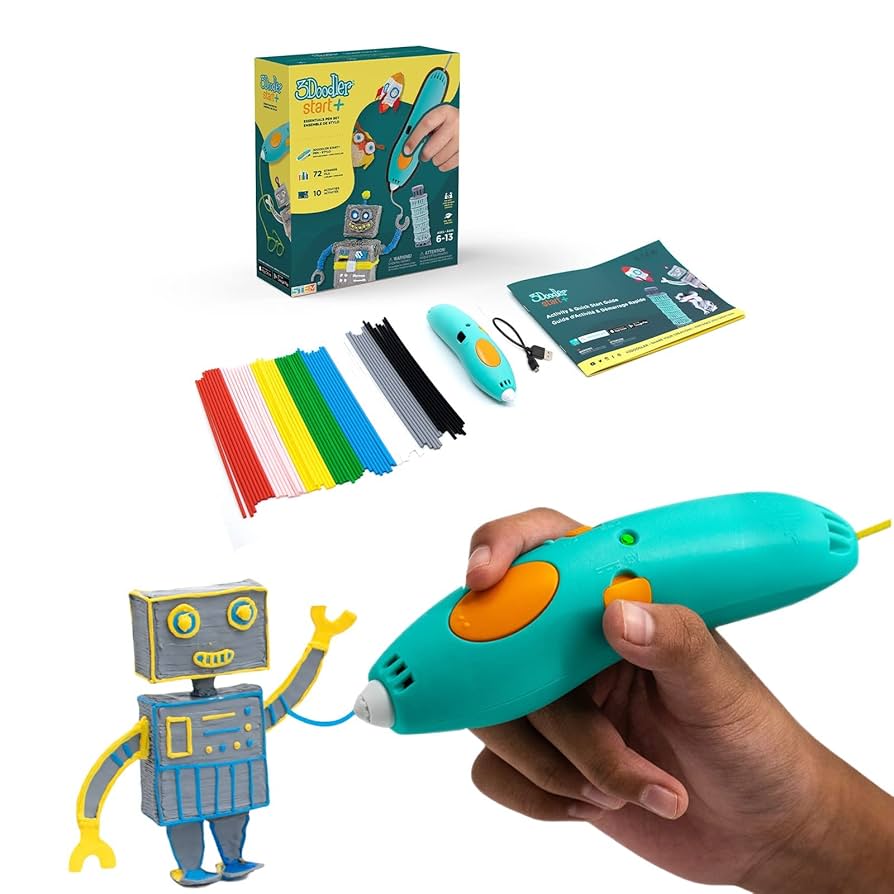
The 3Doodler comes in a few versions—like the Start for kids and beginners, and the Flow or Create+ for older users or those wanting more control. The Start uses a special low-heat plastic, so it’s safer for little hands, while the others use regular PLA or ABS filaments. You get to pick your colors, and honestly, the variety is great if you like to mix things up.
One thing I appreciated was how comfortable the pen feels. It’s got this soft grip that doesn’t hurt your hand, even if you’re doodling for an hour or two. The Flow model especially feels balanced and easy to hold. But heads up—the Start model is a bit chunkier because of the cooling system, so it might feel odd if you’re used to slim pens.
How Does It Work in Real Life?
Setting it up is pretty straightforward. Plug it in (or charge it, depending on the model), load the filament, wait for it to heat up, and you’re good to go. When you press the button, plastic starts flowing out, and you can start drawing. The pen lets you adjust the speed, which is handy—slow for details, fast for filling in bigger areas.
But don’t expect to be a pro right away. Drawing in 3D is a totally different beast from regular doodling. At first, your lines might be a bit wobbly or uneven, and you’ll probably end up with a few blobs here and there. That’s just part of the learning curve. Stick with it, and you’ll be surprised what you can create.
One thing I really liked is how safe the pen feels, especially the Start model. The tip doesn’t get super hot, and there are safety features like auto-standby if you forget to turn it off. Still, I’d recommend adult supervision for kids under 10, just to be safe.
What Can You Actually Make?
The possibilities are pretty wide. People use the 3Doodler for all sorts of things—from artsy sculptures and jewelry to fixing broken plastic parts around the house. I’ve seen mini Eiffel Towers, custom phone cases, and even tiny furniture pieces made with it. It’s also a great way to get kids interested in STEM subjects because it’s hands-on and super visual.
Here’s a quick rundown of popular uses:
- Freehand sculptures and jewelry
- Educational projects in geometry and engineering
- Rapid prototyping for product ideas
- DIY repairs and customizations
- Creative crafts and gifts
The Good and the Not-So-Good
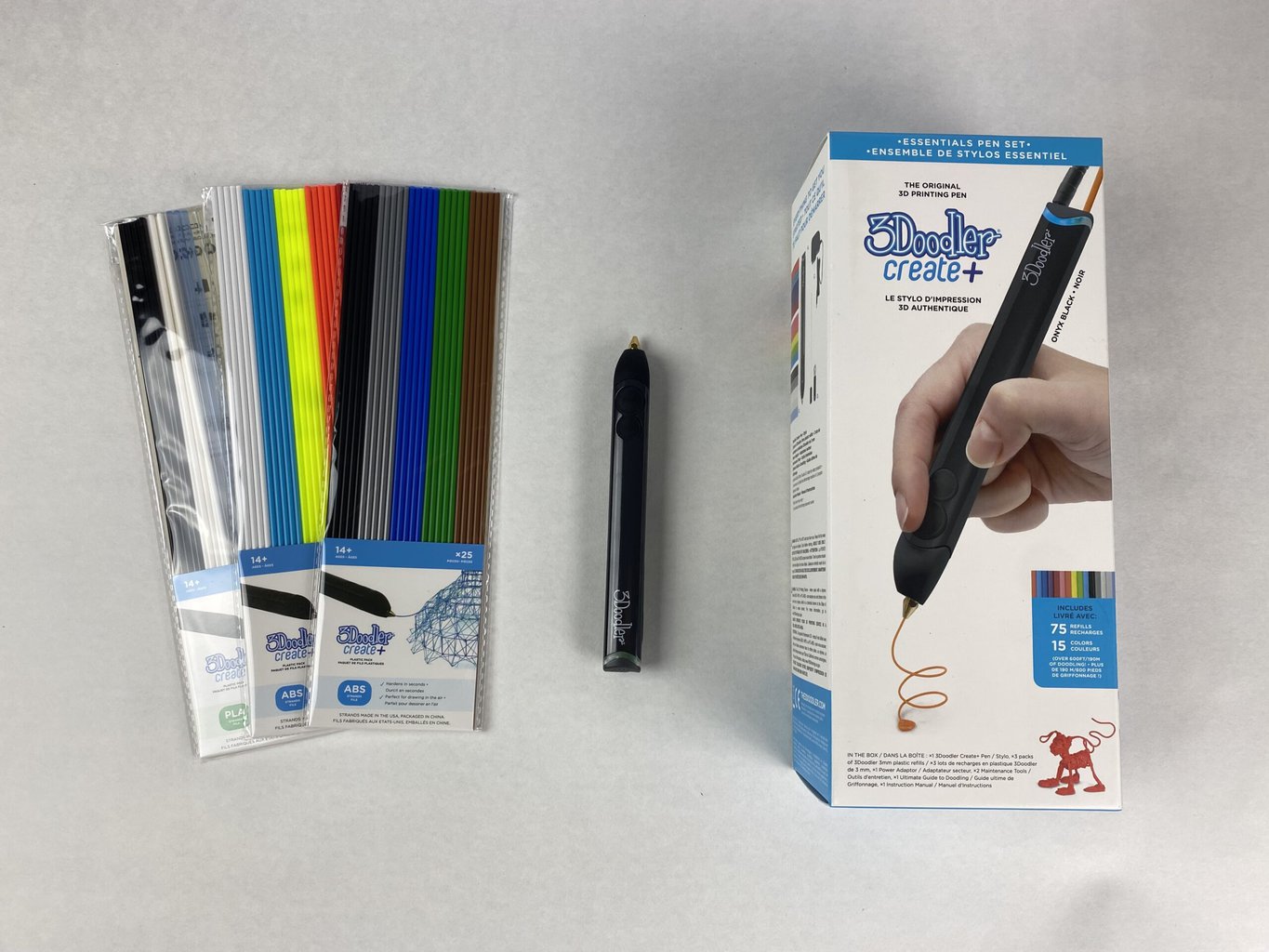
Let’s be real—no product is perfect. The 3Doodler shines in user-friendliness and safety, but it’s not without some downsides. For one, you’ll go through filament pretty quickly, which adds up cost-wise. Also, some models need to stay plugged in while you use them, which can be a bit annoying if you want to work on the go.
And yes, there’s a bit of a learning curve. Drawing in 3D isn’t like sketching on paper; it takes practice to get smooth lines and solid shapes. But if you’re patient, it’s a rewarding experience.
Here’s a quick pros and cons list from my experience:
| Pros | Cons |
|---|---|
| Easy to use, especially for beginners | Filament refills can get pricey |
| Safe for kids (especially the Start model) | Some models must stay plugged in |
| Consistent plastic flow and good precision | Learning curve for 3D drawing |
| Comfortable grip for long use | Proprietary filament can limit options |
| Great for art, education, and repairs | Higher price point than some competitors |
How Does It Stack Up Against Other 3D Pens?
Compared to other 3D pens like Scrib3D or Mynt3D, the 3Doodler generally scores higher in comfort and safety, especially for kids. It’s a bit pricier, but you get solid customer support and a smoother experience. If you want something basic and cheap, there are options, but they might not be as reliable or easy to use.
What Do Real Users Say?
I checked out reviews from folks who’ve used the 3Doodler, and the consensus is mostly positive. Many say it’s a fantastic tool for beginners and kids, though some mention it takes a bit of practice to get the hang of it. One user said, “It’s like drawing with magic—once you get the feel, you can make almost anything.” Another parent mentioned how it’s been a great way to get their kids interested in science and art.
FAQs
What kind of plastic does it use?
Mostly PLA and ABS for the Flow and Create+ models, and a special low-heat plastic called PCL for the Start. Using the recommended filaments is key to avoid jams and get the best results.
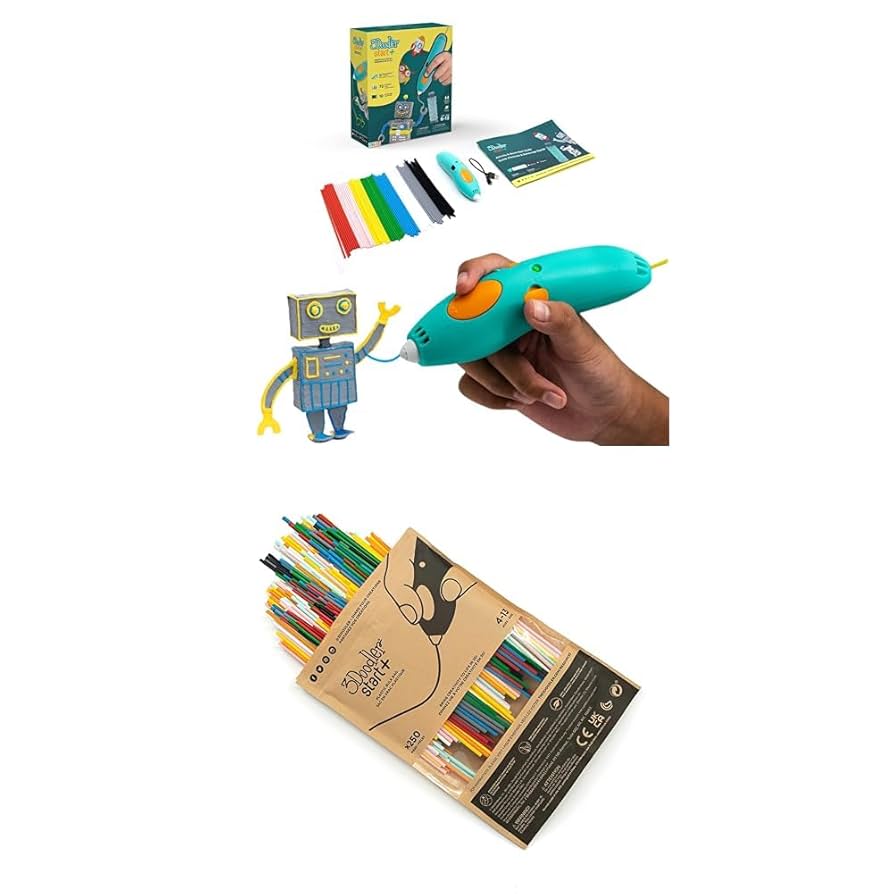
Is it safe for kids?
The Start model is designed with kids in mind, with low heat and safety features. But younger kids should always have adult supervision.
How long does the battery last?
The Start is rechargeable and lasts for a decent amount of time, but the Flow and Create+ usually need to be plugged in while you use them.
Can I use third-party filament?
You can, but it’s not recommended. The pen works best with official 3Doodler filaments to avoid clogs and damage.
What if the pen stops working mid-project?
Usually, it’s a loading issue or temperature problem. Make sure the filament is loaded right and the pen is heated. If problems persist, customer support is pretty helpful.
Tips for Getting Started
- Start with simple shapes and stencils to build confidence.
- Experiment with different filament colors and types.
- Keep the pen clean and unload filament after each use.
- Don’t rush—3D drawing takes practice.
- Join online communities for inspiration and help.
So, Should You Buy It?
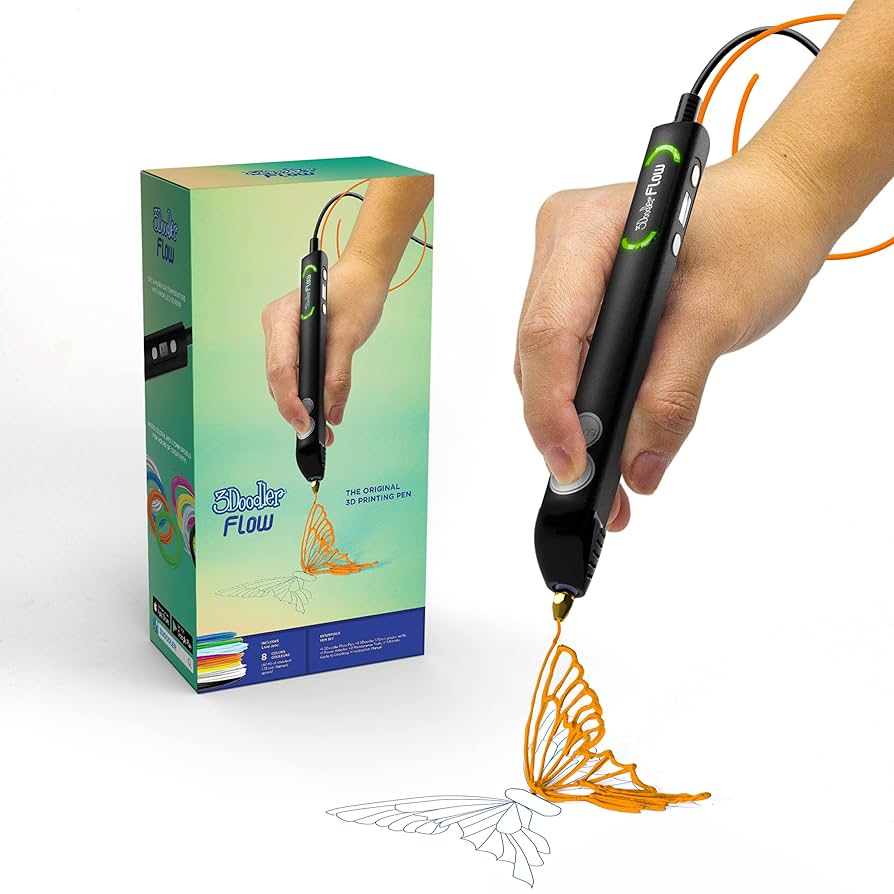
If you’re into creative projects, want a cool educational tool for kids, or just love gadgets that let you build stuff with your hands, the 3Doodler is worth considering. It’s not the cheapest option out there, and it takes some time to master, but the fun and possibilities it opens up make it a solid buy. For parents, artists, educators, and hobbyists, it’s a neat way to bring ideas to life.
On the flip side, if you’re on a tight budget or want something for heavy-duty professional use, you might want to look elsewhere. But for most people, especially those new to 3D pens, the 3Doodler strikes a nice balance of quality, safety, and creativity.
In the end, the 3Doodler isn’t just a pen—it’s a gateway to a whole new way of making art. If you’re ready to give your imagination some wings, this pen might just be your new favorite tool.
